- Operating supply voltage 5.0 V – 12 V
- Raspberry Pi Pico with 16 Mbit Program Flash memory
- USB-C connector for 5 V power and communication/programming
- SWdebug header
- 4x Composite Video Output
- Maximum resolution 720x576 in 4 colours
- Implemented resolutions: NTSC 320x200 or 426x200 with 256 colours and PAL 300x240 or 500x240 with 256 colours
- Crystal: NTSC 3.579545 MHz or PAL 4.43618 MHz
- Communication interface: SPI up to 38 MHz
- Video Frame Buffer: 4x 1 Mbit = 4x 128 KByte
- Data Flash: 16 Mbit = 2 Mbyte
- QWIIK I2C connector
- 8 inputs, high voltage up to input voltage level 5-12 V, with LED indicator
- 8 dip switches to simulate the inputs
- LED and 2-pin jumper for status and control
- Power output, switched and fused with 500mA polyfuse
- TH prototyping area
- Size: 85mm x 100mm (3.3" x 3.9")
This board is the continuation of my 2 Arduino Shields NTSC/PAL Video Display Shield | Hackaday.io and VGA Shield Wing | Hackaday.io.
 MagicWolfi
MagicWolfi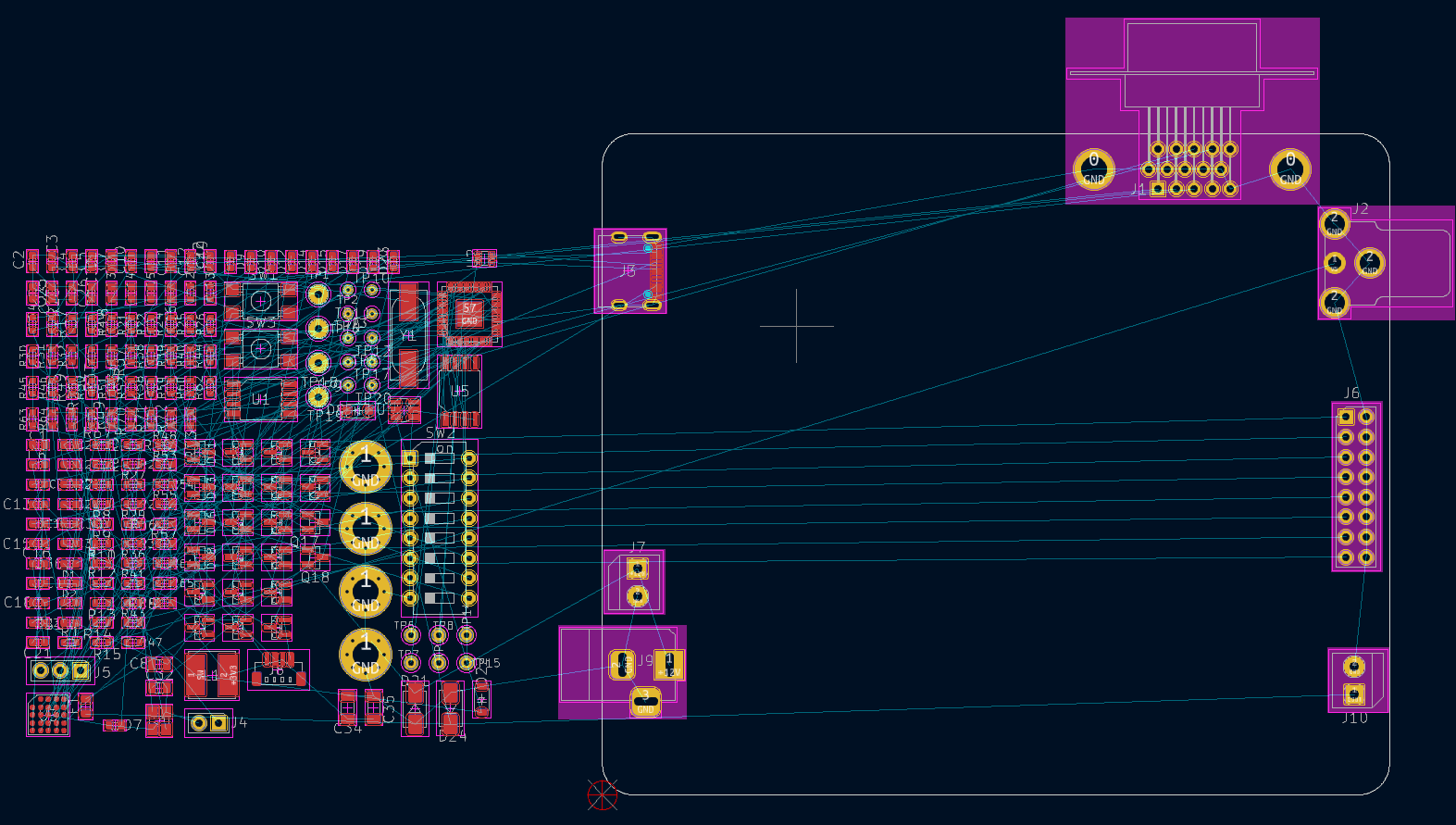
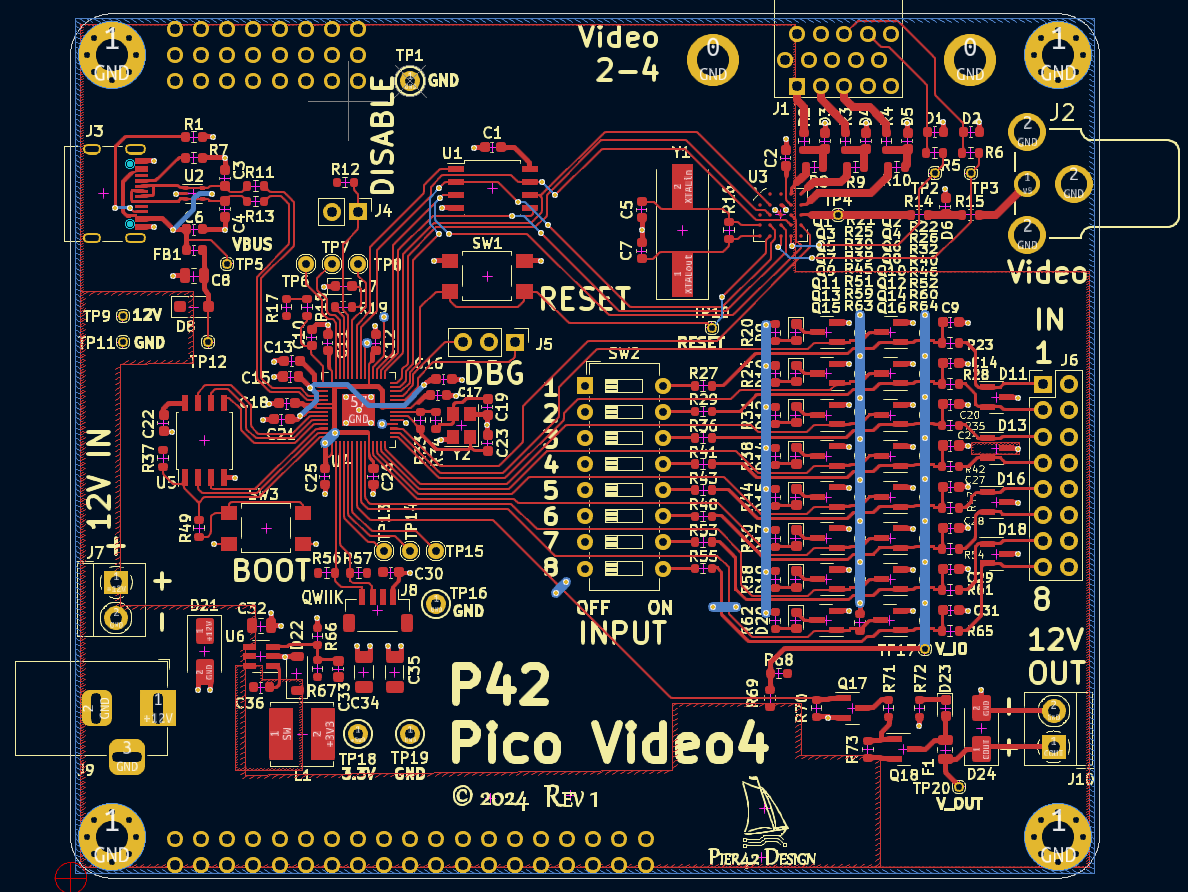
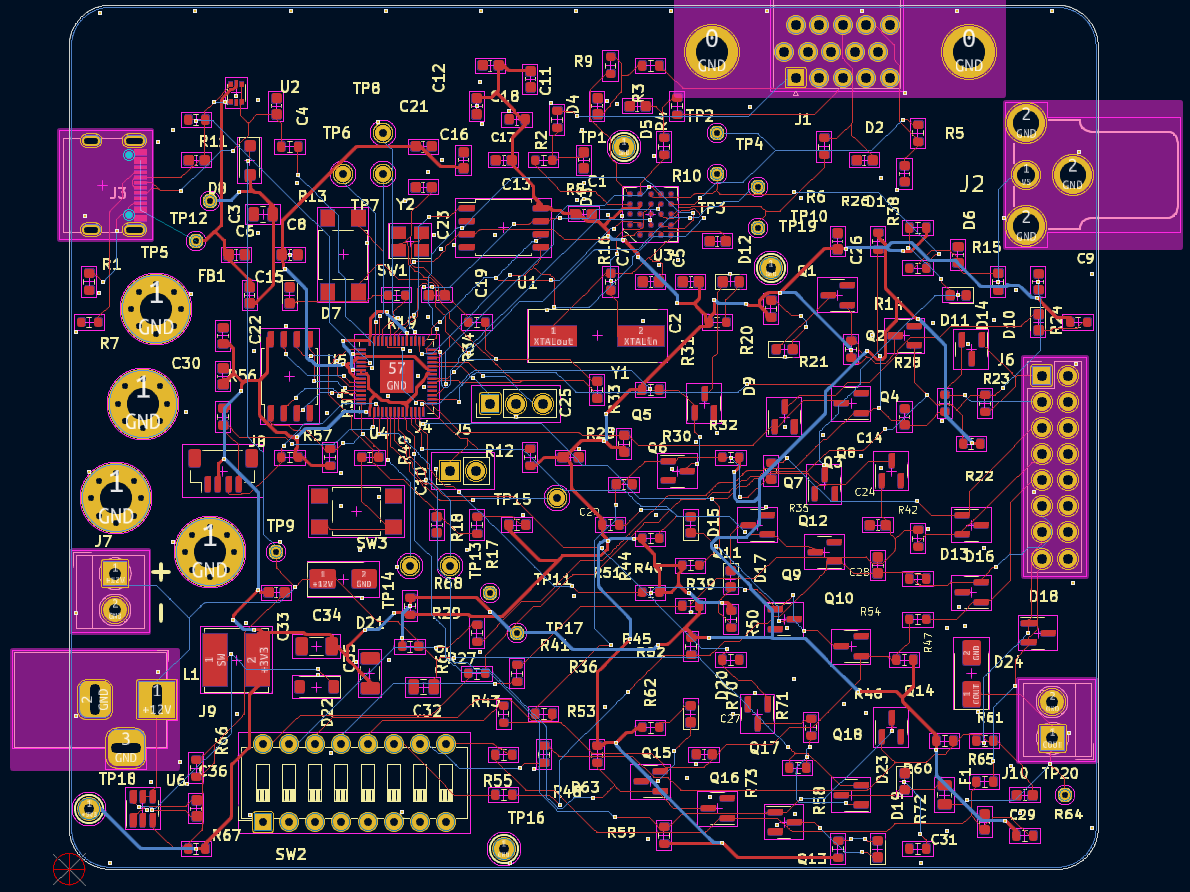
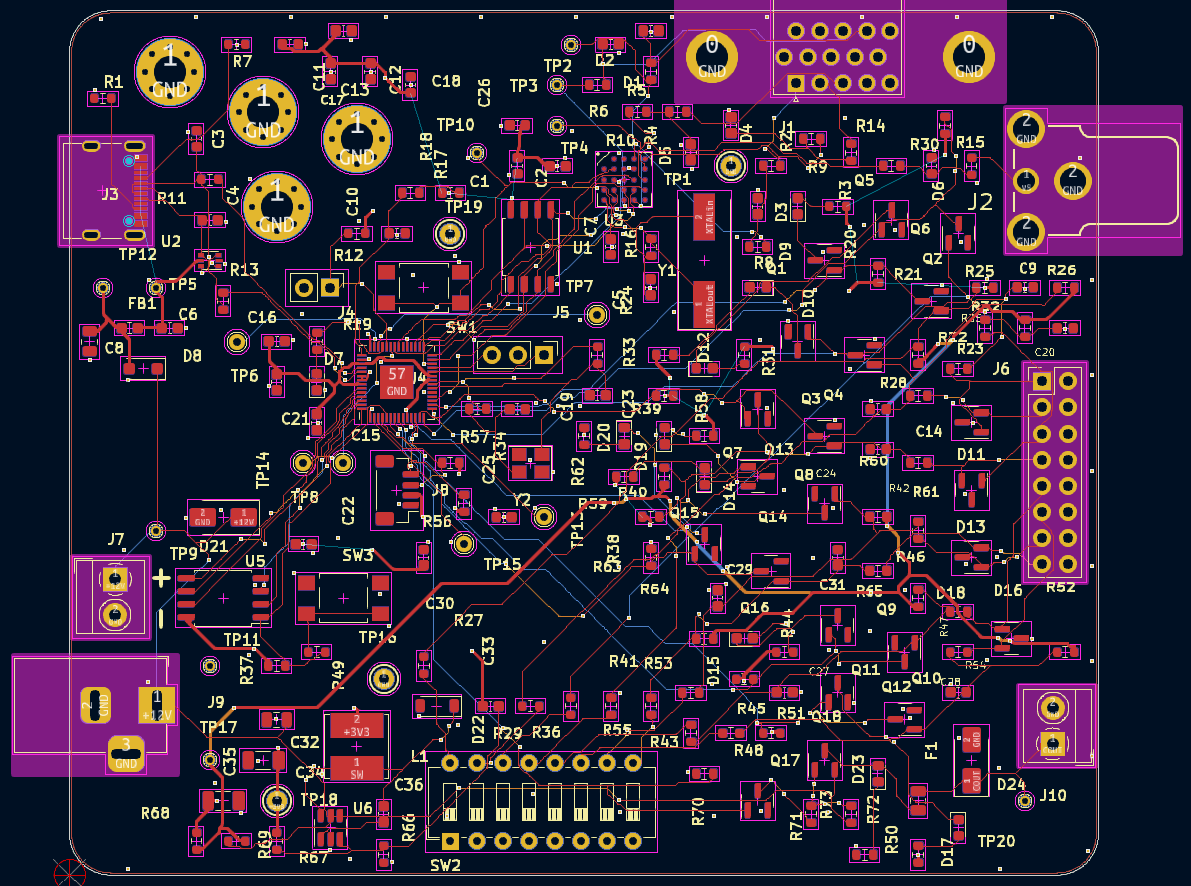
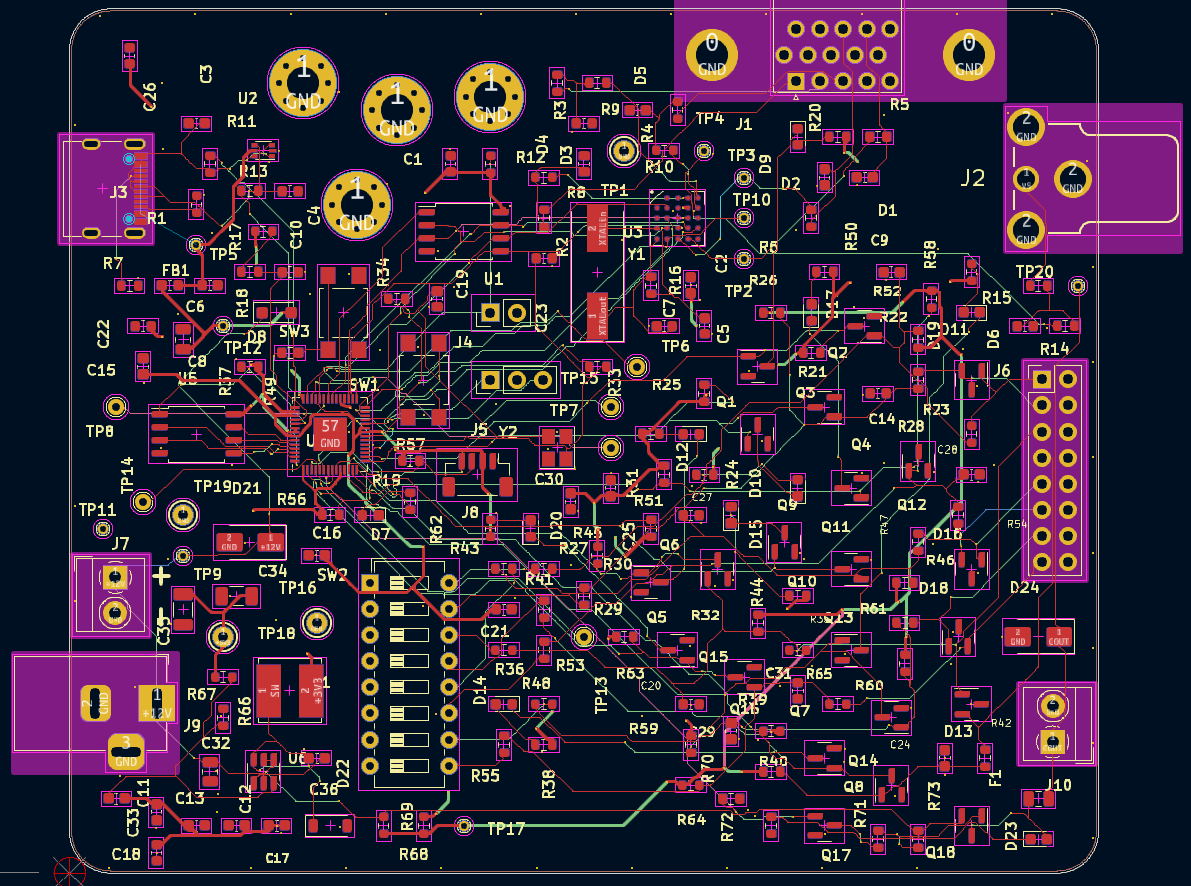
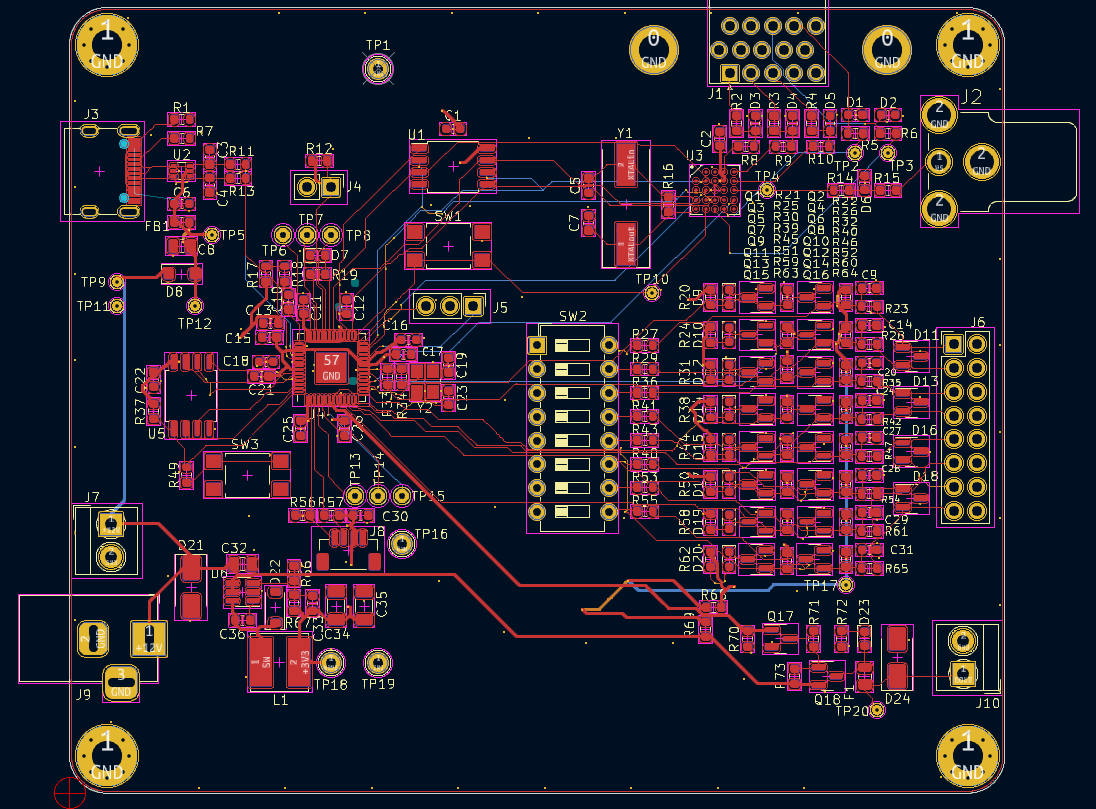
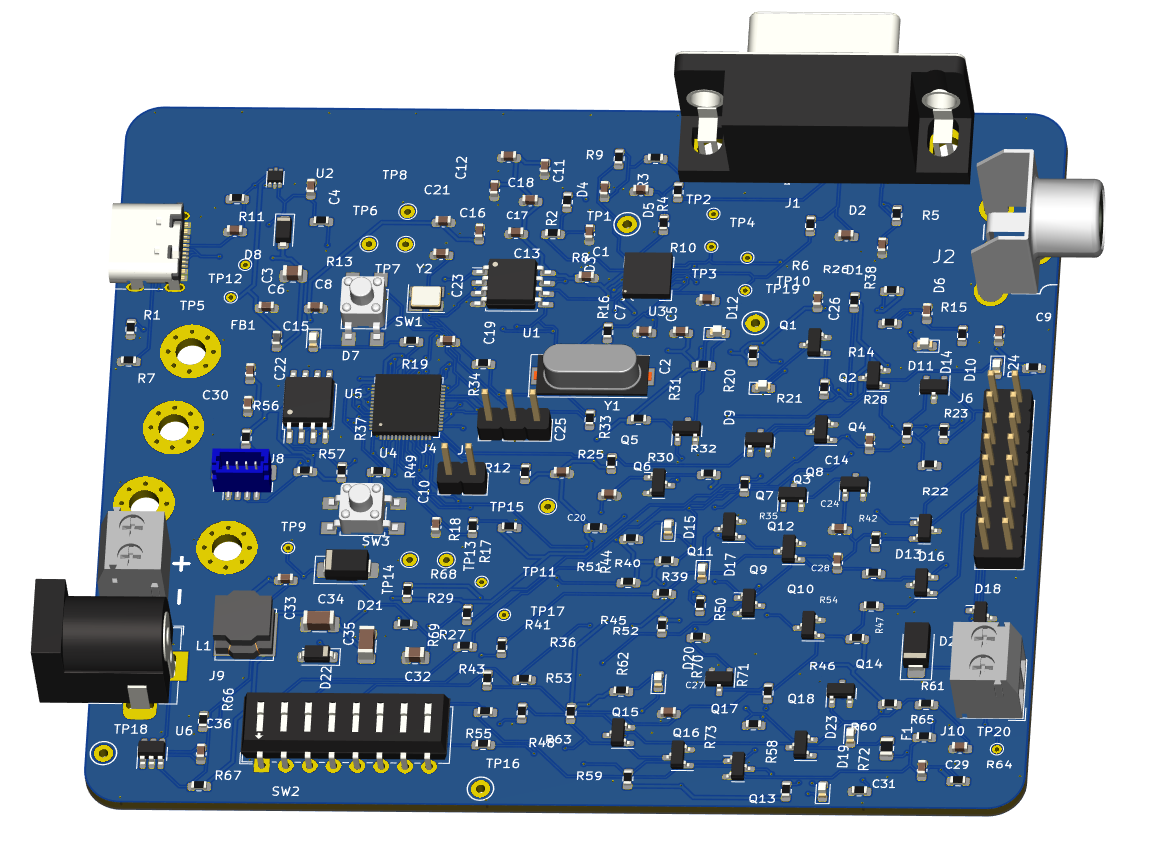
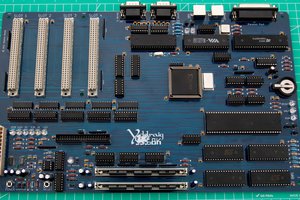
 Stephen Moody
Stephen Moody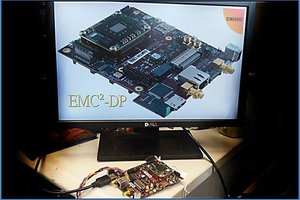
 Sundance Multiprocessor
Sundance Multiprocessor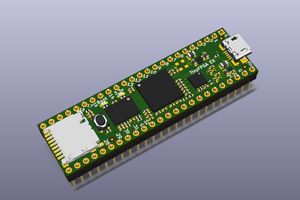
 Luke Valenty
Luke Valenty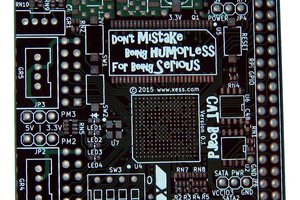
 Dave Vandenbout
Dave Vandenbout